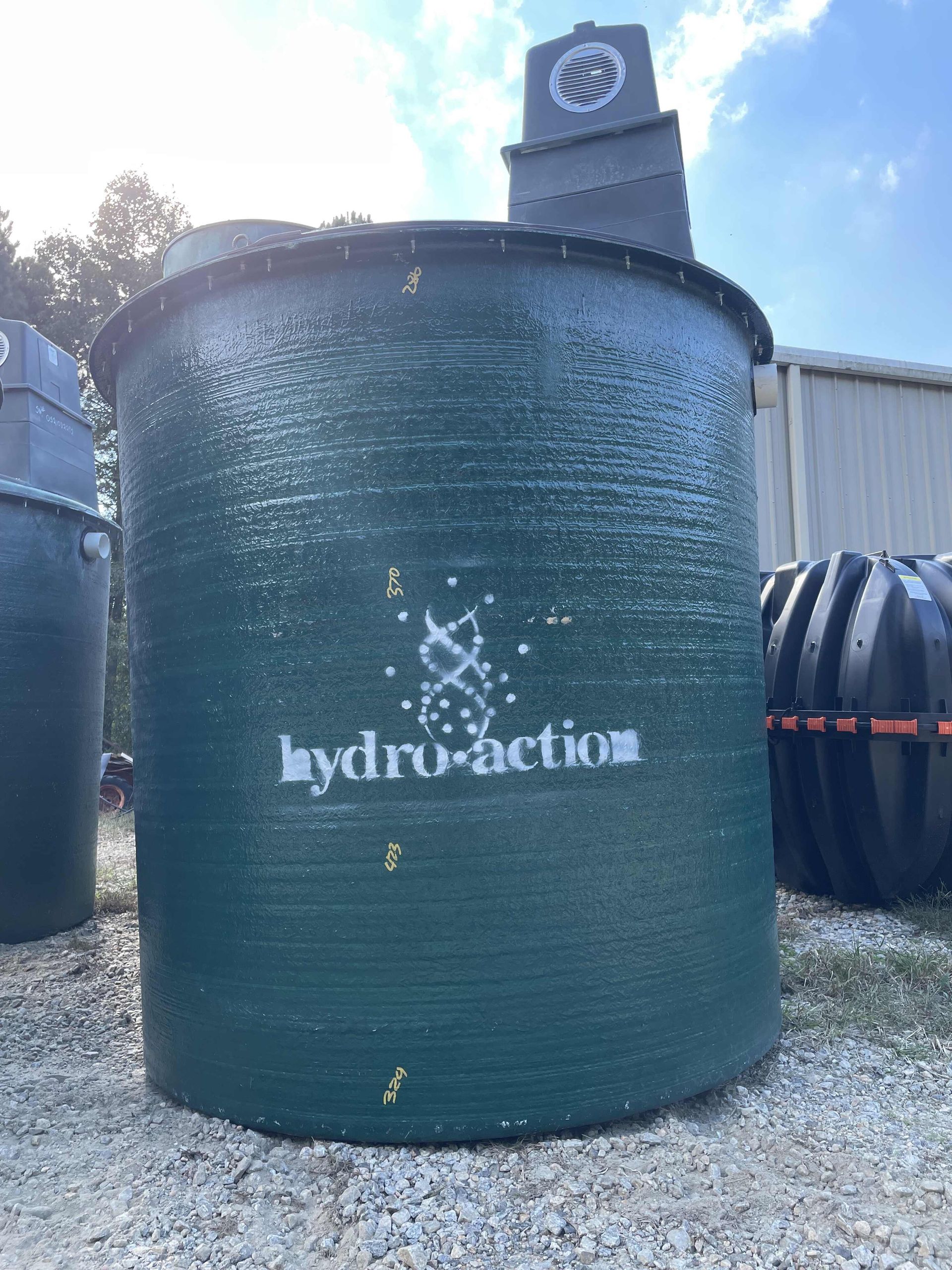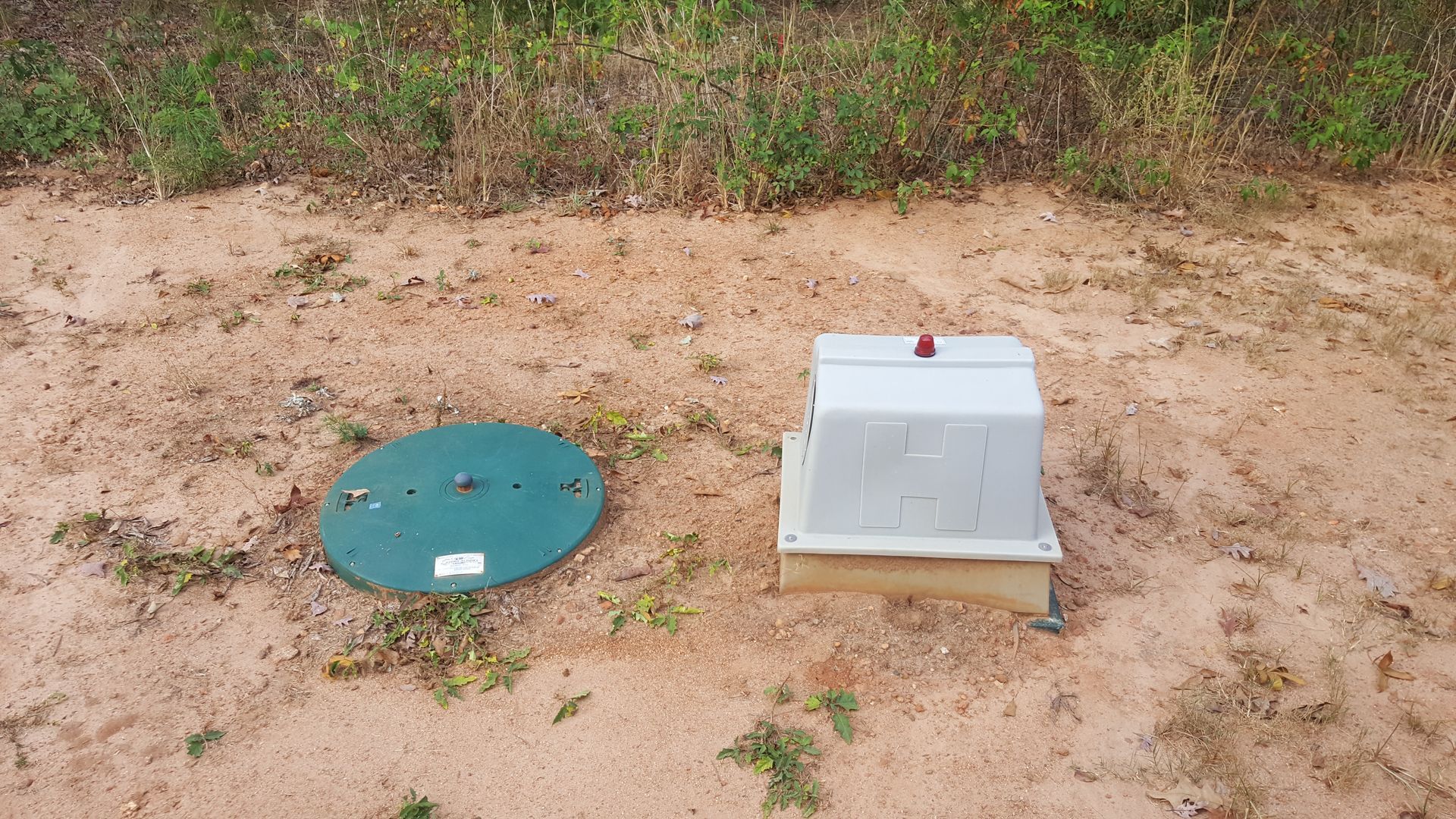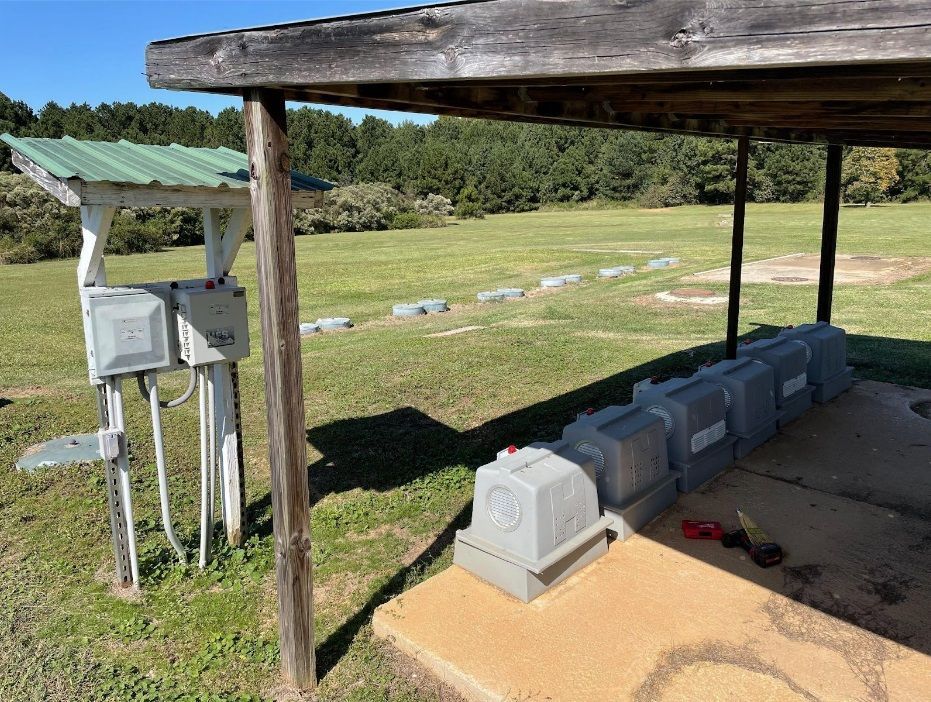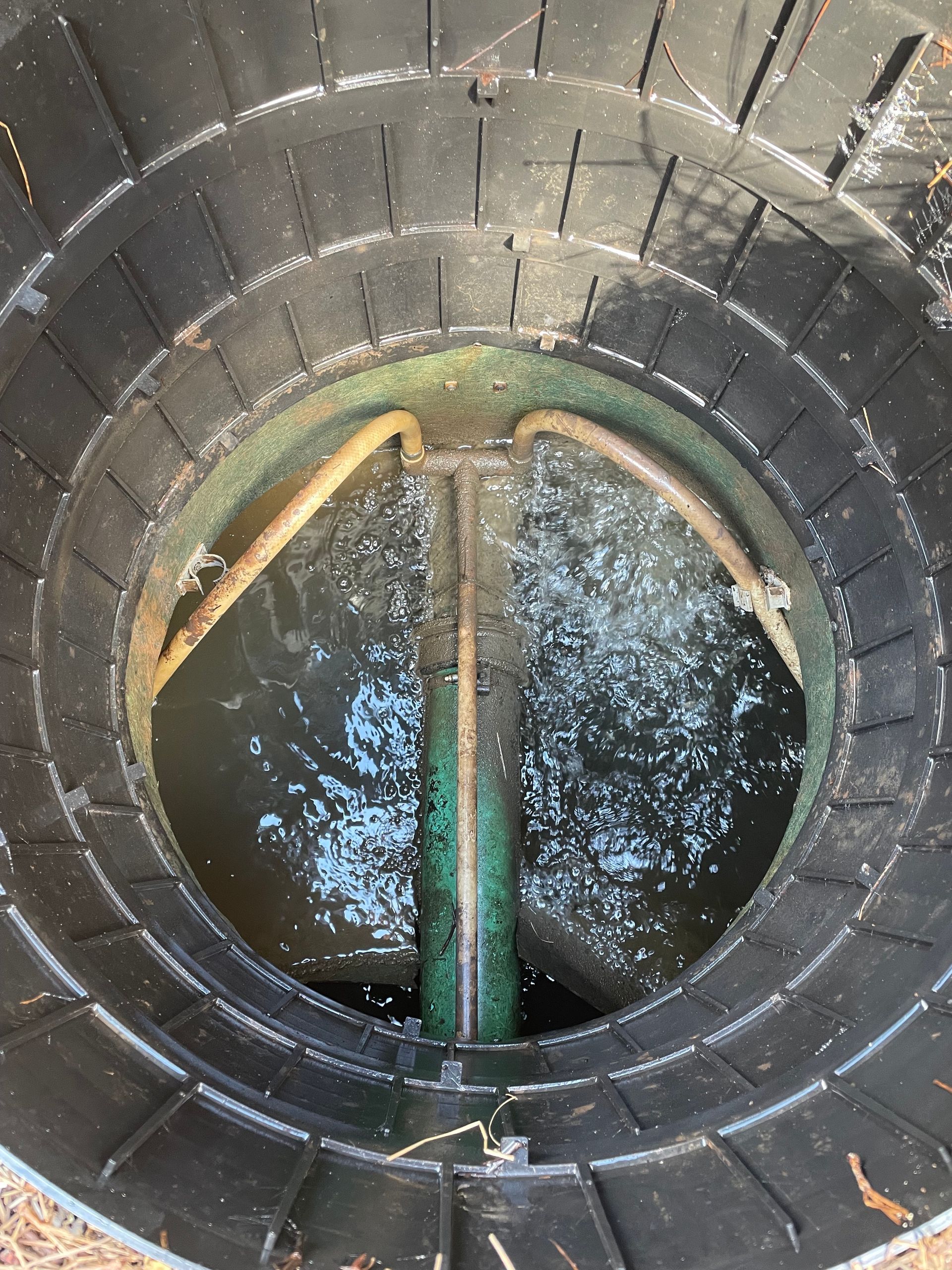Get in touch
404-788-3474
asmseptic@gmail.com
Email Us on: asmseptic@gmail.com
Call or Text: 404-788-3474
Combating Nutrient Pollution: How Aerobic Treatment Units Play a Key Role in Protecting Our Water Resources
Our planet's water resources are a vital component of the ecosystem, supporting biodiversity and directly impacting public health. However, these resources face numerous threats on a daily basis, with nutrient pollution ranking as one of the most prominent concerns. Nutrient pollution – the excessive levels of nitrogen and phosphorous released into water bodies – can lead to various environmental issues, such as decreased water quality, harmful algal blooms, and harm to aquatic life. In addition, nutrient pollution can have negative consequences on human health, making it a critical issue that necessitates immediate attention.
Primarily, nutrient pollution stems from various human activities, including agriculture, stormwater runoff, and wastewater discharge. In this context, septic systems can play a role in contributing to nutrient pollution, with traditional setups often being less effective at mitigating this issue. Introducing advanced wastewater treatment technology, such as Aerobic Treatment Units (ATUs), can make a significant impact in combating nutrient pollution and safeguarding our water resources. Compared to traditional septic systems, ATUs offer more efficient wastewater treatment, effectively reducing nitrogen and phosphorous levels that can lead to nutrient pollution.
In this blog post, we will delve into the importance of addressing nutrient pollution, focusing on how ATUs can help protect our water resources. We will also compare the pollution reduction capabilities of ATUs to traditional septic systems and outline the broader benefits of investing in ATU technology for property owners and the environment. By understanding the role of ATUs in combating nutrient pollution, homeowners and commercial property owners can make more informed decisions about their wastewater management practices, prioritizing ecological responsibility and public health.
Understanding Nutrient Pollution: Causes and Consequences on Water Resources
Nutrient pollution arises from excessive levels of nitrogen and phosphorous entering water bodies due to various human activities. Some of the primary sources of this issue include agricultural runoff, nonpoint source pollution like stormwater runoff, and wastewater discharge from septic systems or treatment facilities. When high levels of nutrients enter water bodies, the consequences can be vast, spanning from environmental to public health concerns.
Excess nutrients can trigger rapid plant and algae growth, leading to harmful algal blooms that produce toxins, which can endanger aquatic life, harm ecosystems, and impact the quality of drinking water. Moreover, algal blooms can cause hypoxic (low oxygen) zones, resulting in widespread die-offs of fish and other aquatic organisms. Consequently, nutrient pollution affects not only environmental and ecological health, but it can also contribute to a range of human health issues, making it a pressing problem that demands attention.
The Role of Septic Systems in Contributing to Nutrient Pollution
While septic systems are designed to treat and dispose of wastewater from households and commercial properties, traditional setups may struggle to provide adequate nutrient removal. Conventional septic systems rely on anaerobic (absence of oxygen) bacteria to break down waste within the septic tank, after which the wastewater is discharged into the soil via a drain field where nutrients are meant to be further processed.
However, traditional septic systems often fail to break down enough nitrogen, resulting in excessive amounts of nitrogen being released into water bodies. This nitrogen release exacerbates nutrient pollution, posing significant risks to aquatic ecosystems and public health.
How ATUs Effectively Tackle Nutrient Pollution
Aerobic Treatment Units (ATUs) present a more efficient and environmentally friendly alternative to conventional septic systems. ATUs employ aerobic (oxygen-rich) bacteria to break down waste, which results in a more thorough and efficient treatment process. This oxygenation enables ATUs to remove higher levels of nitrogen and phosphorous from wastewater effectively, minimizing the likelihood of nutrient pollution and its associated consequences.
In ATUs, aerobic bacteria work in three stages to treat wastewater: reducing organic matter, converting ammonia to nitrite, and finally, converting nitrite to nitrate. This series of transformations allows ATUs to reduce nitrogen levels more effectively compared to traditional septic systems. By mitigating nutrient pollution at its source, ATUs contribute to a more sustainable and environmentally conscious approach to wastewater management.
Comparing the Pollution Reduction Capabilities of ATUs and Traditional Septic Systems
When comparing ATUs to conventional septic systems, several factors point to the superior pollution reduction capabilities of ATUs. For instance, traditional septic systems often struggle to remove more than 50% of nitrogen from wastewater, whereas ATUs can achieve nitrogen reductions of up to 90%. Additionally, while traditional septic systems may assist in phosphorous reduction, ATUs offer more consistent and efficient removal of phosphorous, thereby substantially decreasing nutrient pollution potential.
Given these pollution reduction capabilities, ATUs present a compelling case for property owners seeking to minimize their ecological footprint and better protect water resources from nutrient pollution. The advanced technology of ATUs allows for the efficient breakdown and treatment of wastewater, ultimately making them a more environmentally responsible choice for wastewater management.
The Broader Benefits of Investing in ATU Technology
Investing in ATUs not only helps mitigate nutrient pollution but also offers a variety of benefits for property owners and the environment. ATUs' efficient treatment process can reduce odors associated with wastewater, leading to improved aesthetics and sanitation in residential and commercial areas. Additionally, ATUs often require smaller drain fields, making them a space-saving option for properties with limited space or potential expansion needs.
Furthermore, the consistent and reliable performance of ATUs can serve as a selling point for environmentally conscious buyers when selling a property. Overall, investing in ATU technology has the potential to increase property value, promote environmental responsibility, and contribute to the long-term health and well-being of ecosystems, the environment, and ultimately, our communities.
Conclusion
As the urgent need to address nutrient pollution becomes increasingly apparent,
Aerobic Treatment Units demonstrate their value as an efficient and environmentally responsible wastewater management solution. ATUs' capacity for effective nitrogen and phosphorous removal enables them to play a crucial role in combating nutrient pollution and safeguarding our precious water resources. By investing in ATU technology, homeowners and commercial property owners can make a tangible impact on nutrient pollution reduction, ensuring a healthier, cleaner environment for future generations. Contact Alternative Septic Management Inc. now for more details.
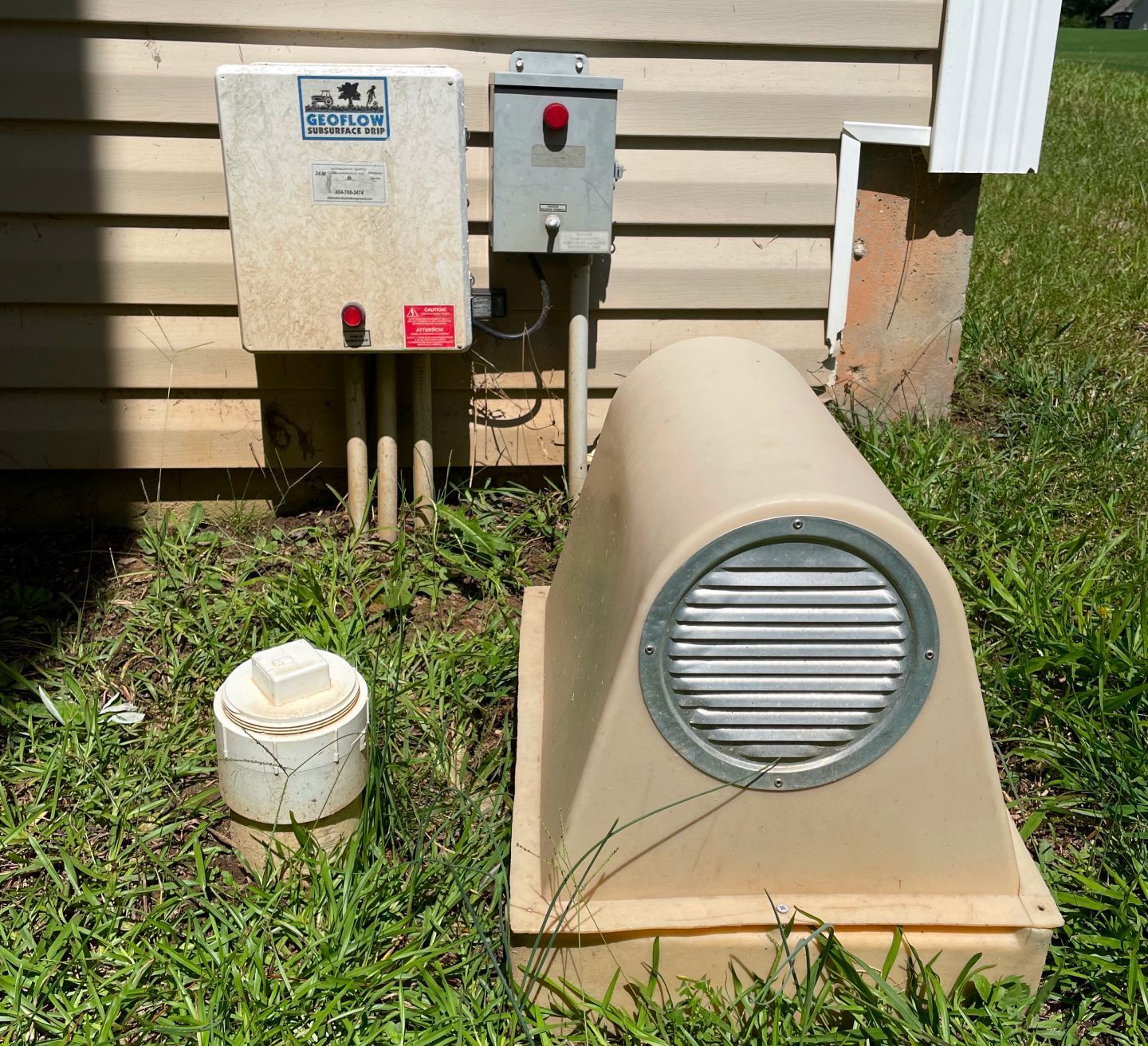

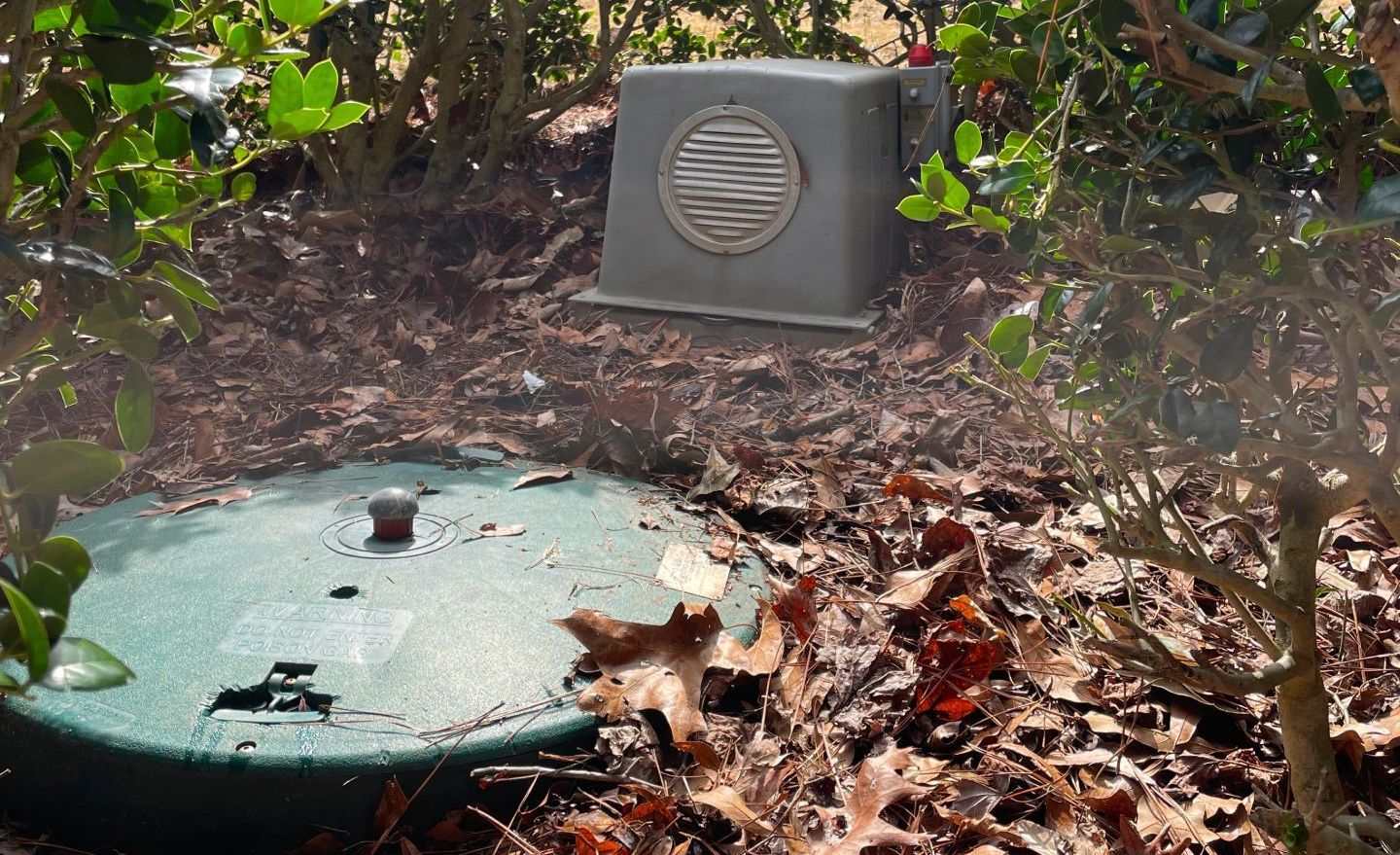
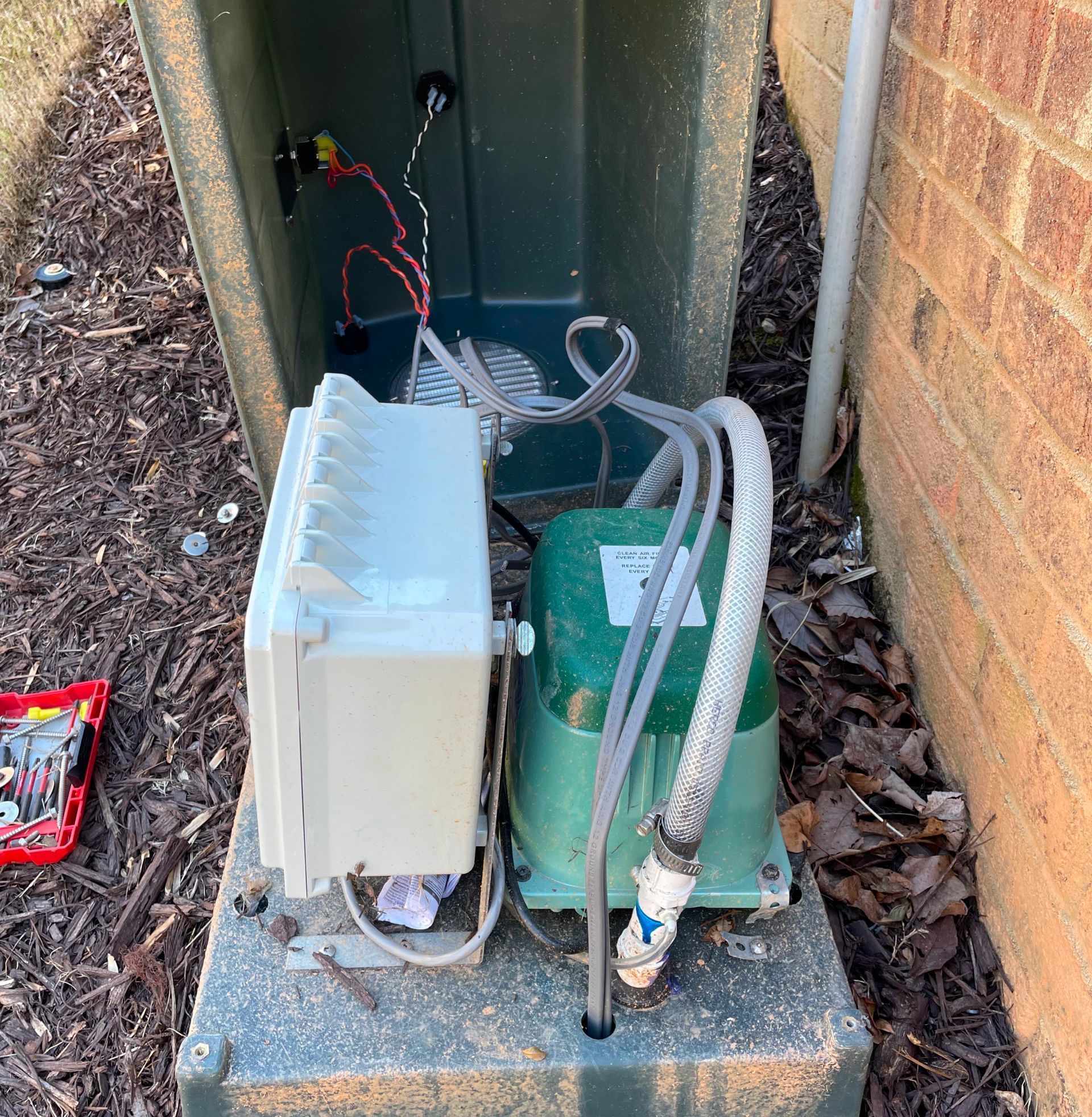

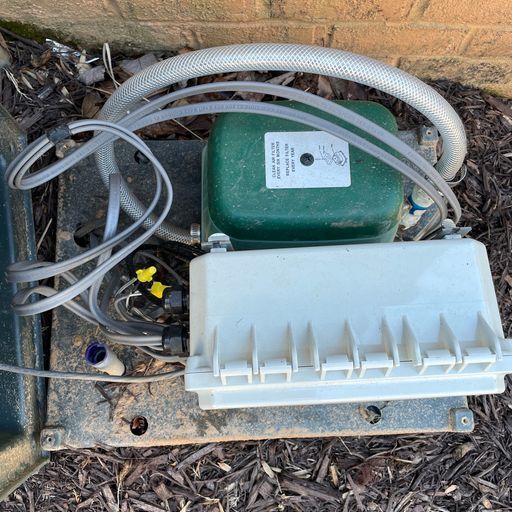
Alternative Septic Services For Residential And Commercial Systems Requiring Alternative Septic Systems.
Quick Links
Our Services
Septic Installation
Septic Repair
Septic Inspection
Air Compressor Maintenance
Pump Maintenance
Get In Touch
Mobile: 404-788-3474
Email: asmseptic@gmail.com
Address: 3295 Fannie Thompson Rd. Monroe GA 30656
Copyright 2025 © All Rights Reserved. Alternative Septic Management, Inc.

